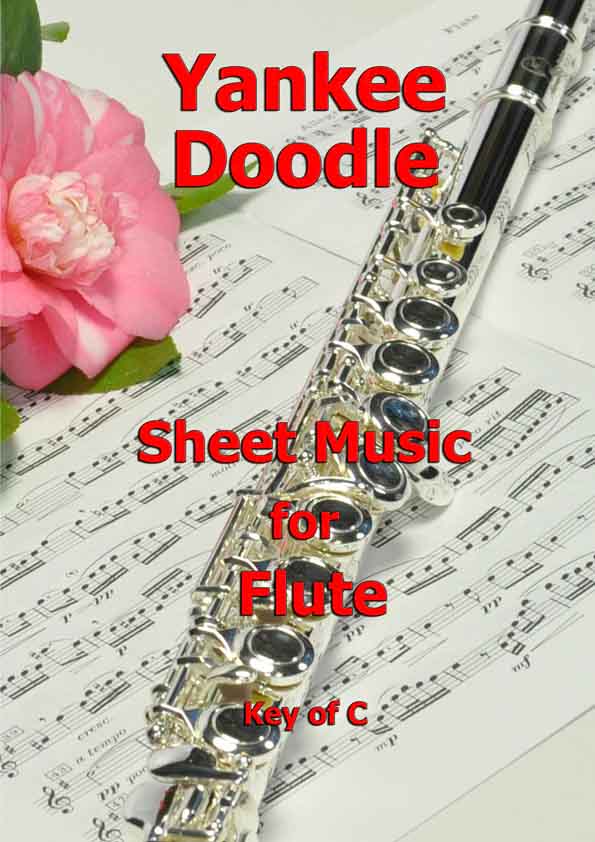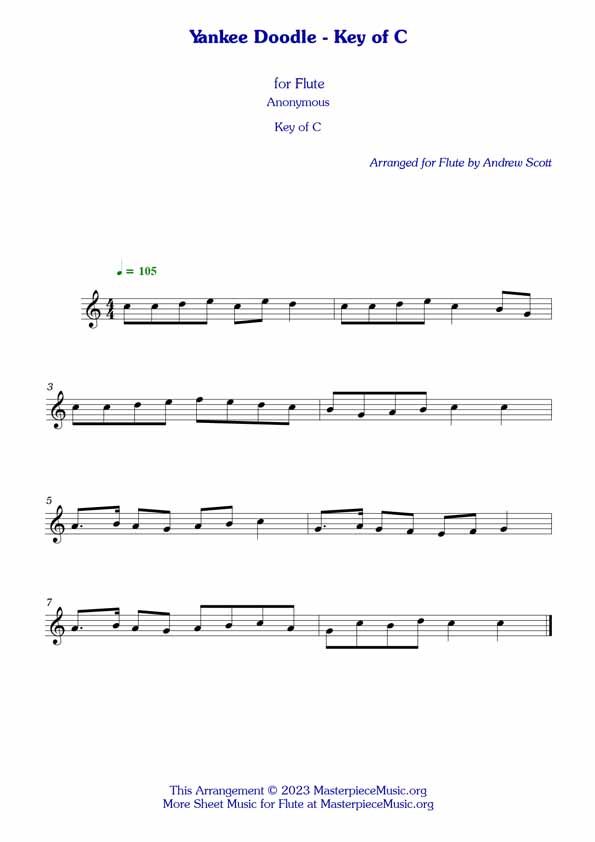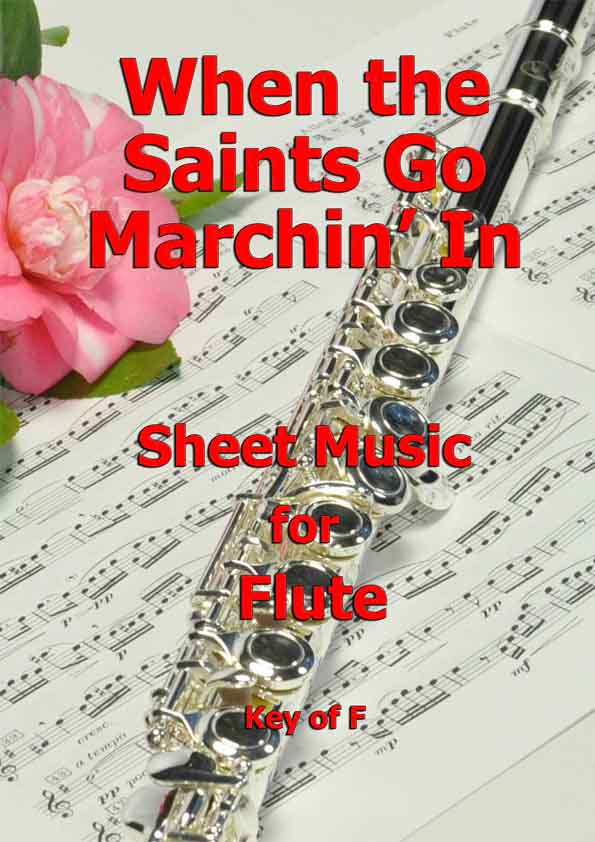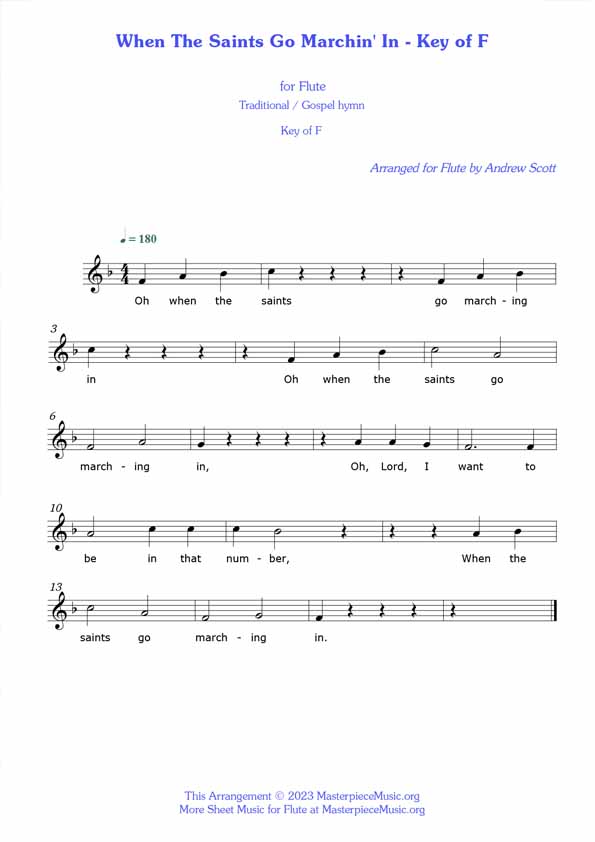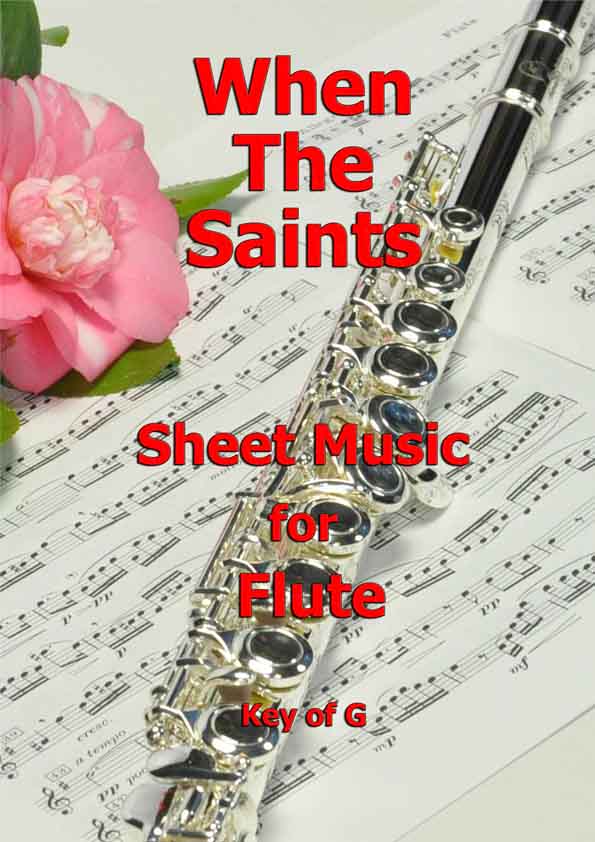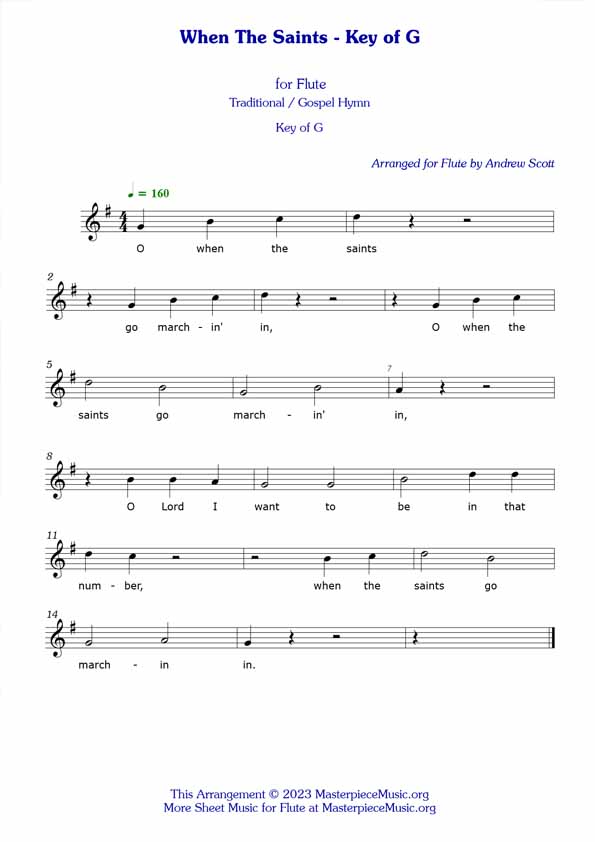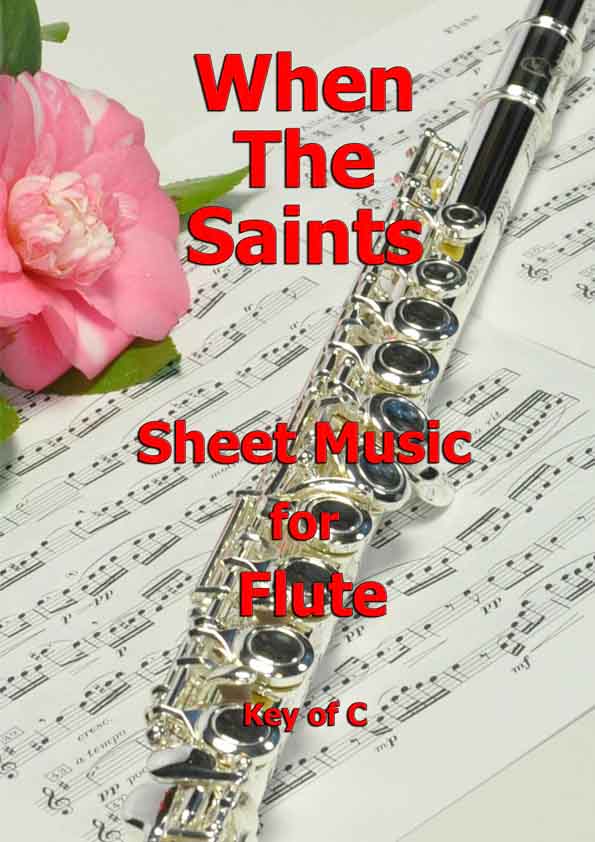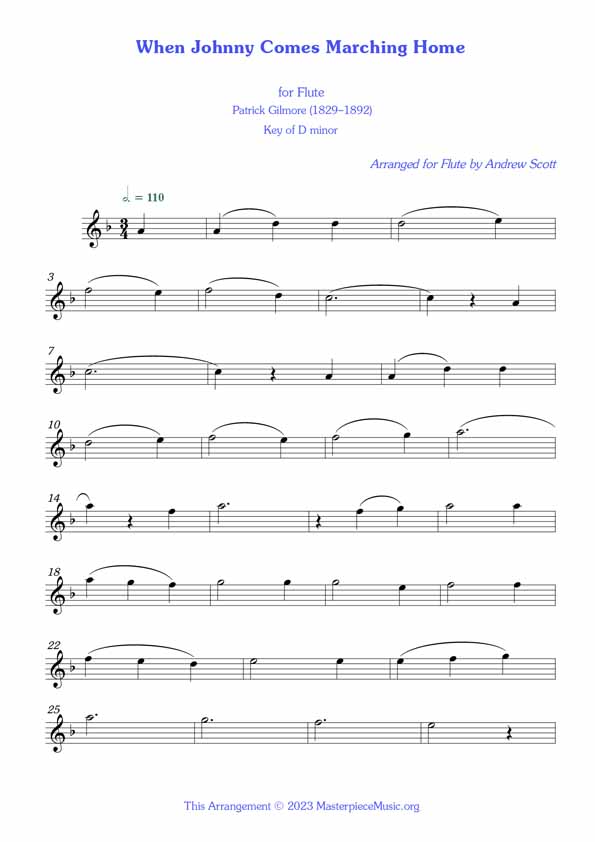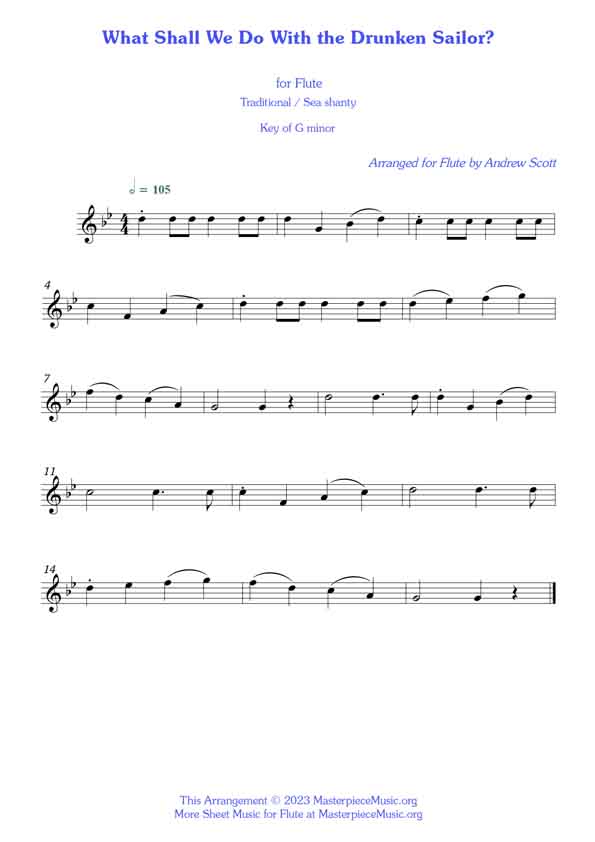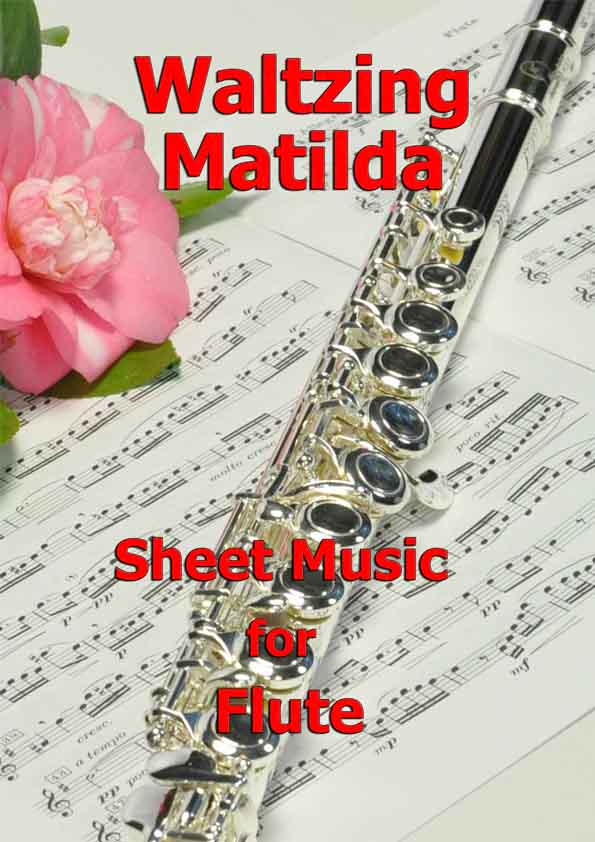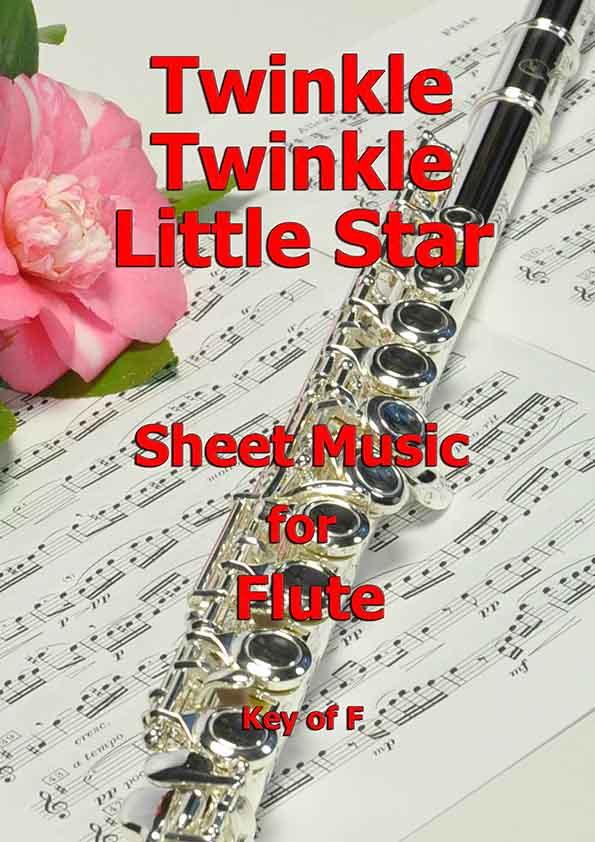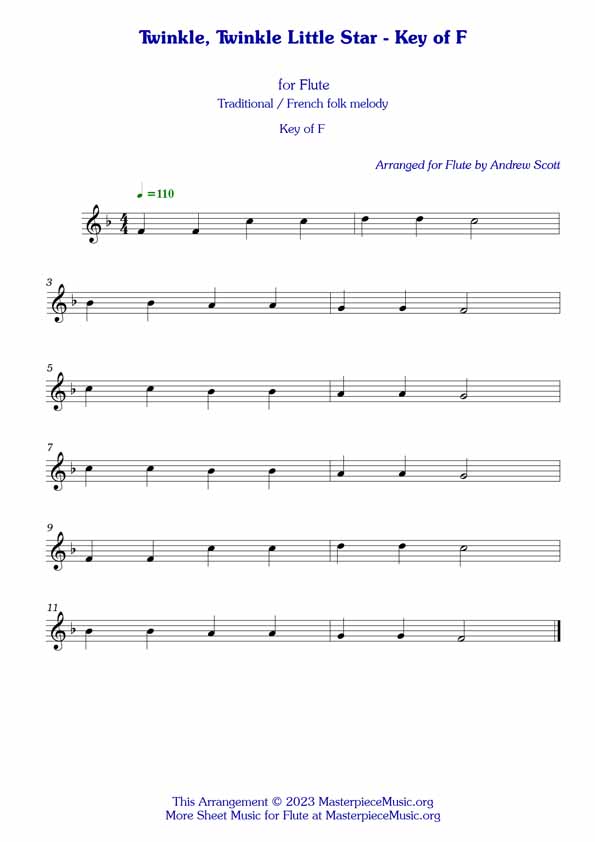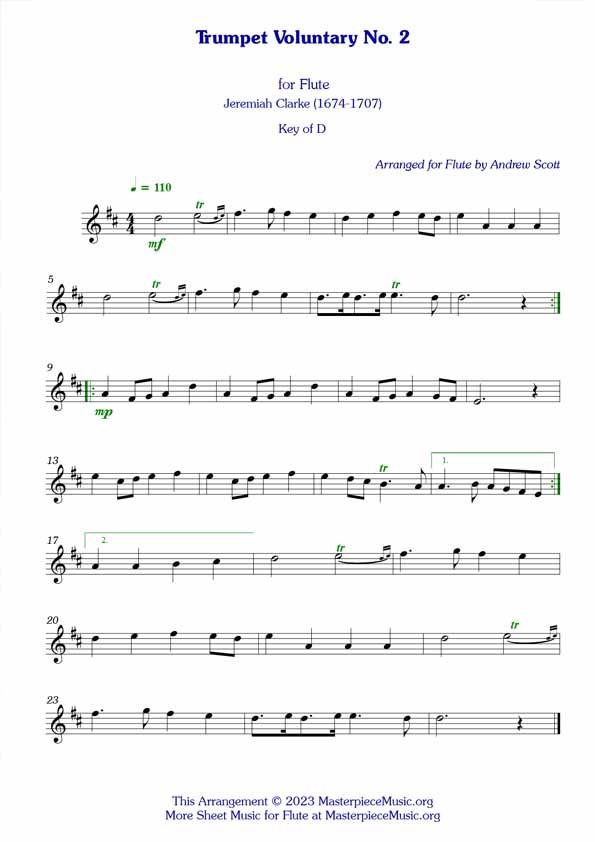Yankee Doodle – Key of C
Free Sheet Music for Flute
Unknown (Traditional)
Country of Origin: United States
Played by Gabriel Adonuja
Click to enlarge
Yankee Doodle is a classic American song and a symbol of American patriotism. The song’s origins can be traced back to the British colonial era, where it was used as a mocking tune against American colonists.
However, the song was later adopted by Americans as a way to represent their cultural identity and resistance to British dominance. The song features a playful and memorable melody that is often associated with American heritage and history.
Flute players can use this piece to showcase their ability to convey a sense of fun and pride. Performing Yankee Doodle is fitting for Fourth of July celebrations, patriotic events, or any performances that aim to celebrate American culture and heritage.
